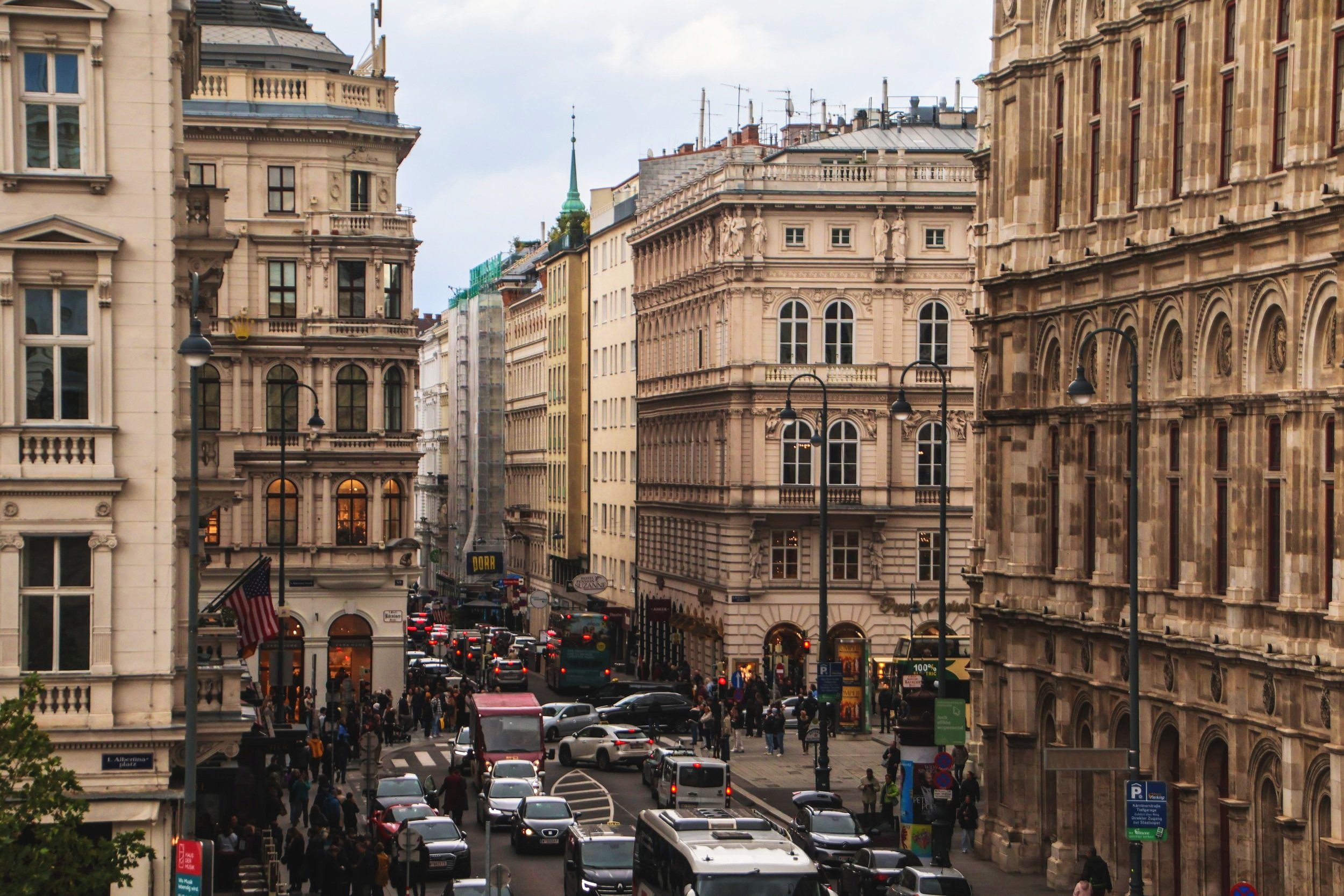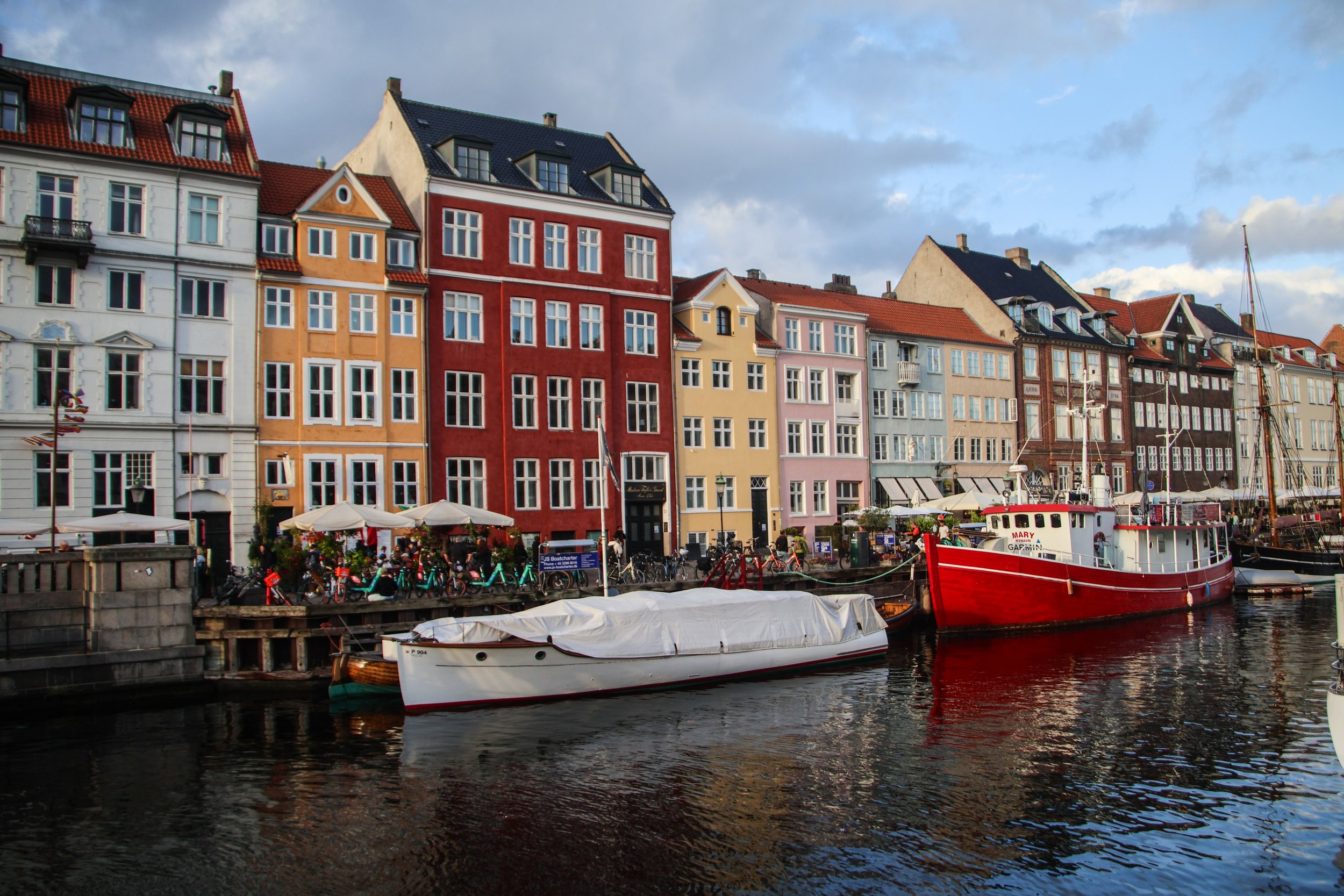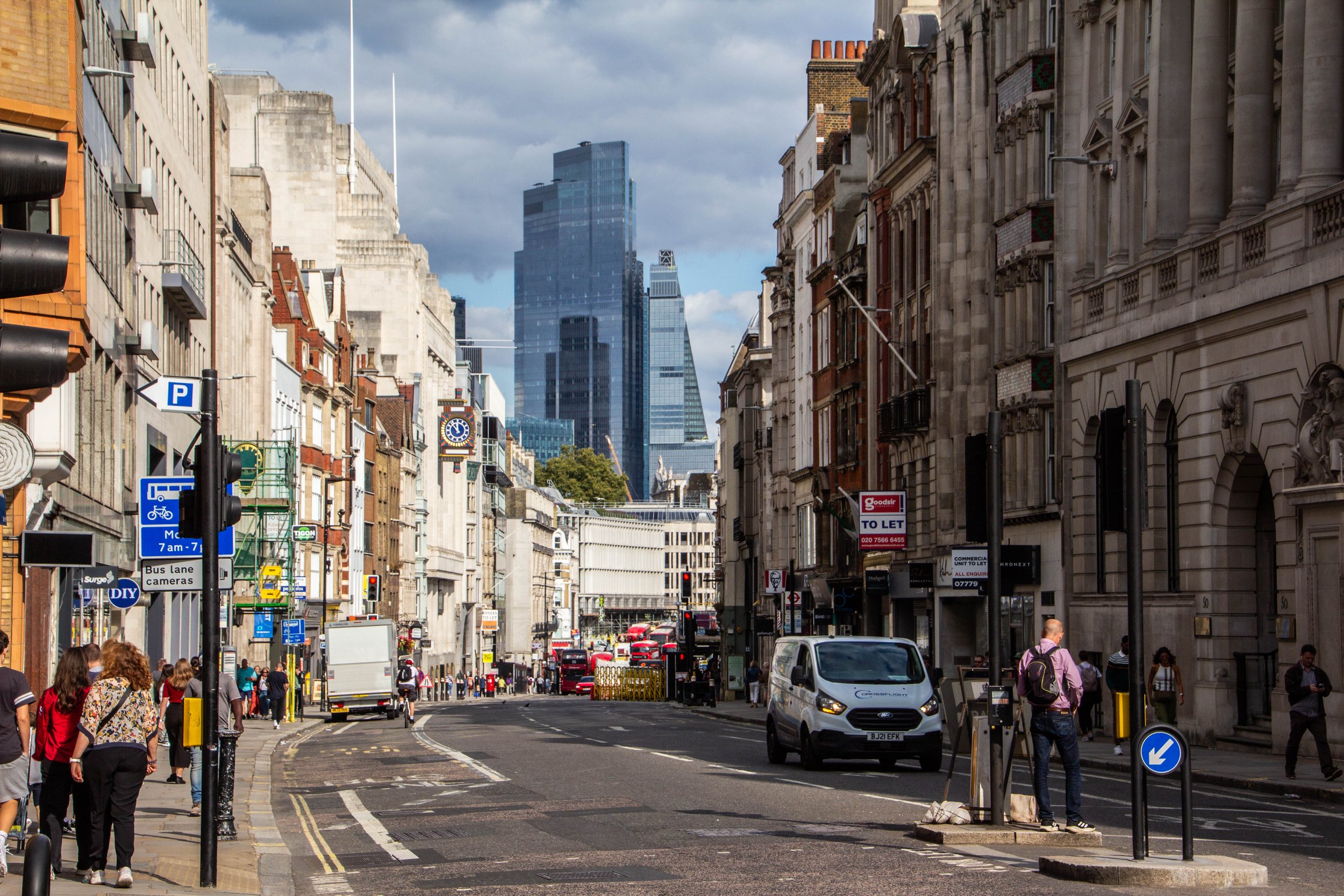Vienna. It has got a reputation for being one of the most beautiful and most “livable” cities not just in Europe, but in the whole world. And that reputation is very well-deserved! But to me, the geopolitical angle is much more interesting that the generic wiki-tourism preamble. So, why am I saying that Vienna is the “Spy Capital of the World”? Well, I can’t take credit for this designation; it’s a “thing.” If you look it up on YouTube, you’ll find all sorts of interesting explainer videos on this (here’s a good one from Versed). I actually think this is a really good segue into explaining Vienna as it stands today, so here’s the quick version…
Viewing entries in
City + Hood
Paris needs no introduction, but here’s one anyway.
Paris is the capital of France and—in terms of metro area—the largest city in the European Union by a HUGE margin. According to the OECD, the population is 11.2 million. For context, the next largest metro area population in the EU is Madrid, at 6.9 million. London (now ex-EU) and Istanbul (definitely not EU) clock-in at 13.4m and 14.6m respectively, according to the same OECD data set. So Paris is more than just a historic, beautiful place (although it is those things as well)—it actually fits the definition for a “mega-city”, in the same league as Mumbai, Mexico City or Los Angeles.
As you know, today we’re in NORWAY, which is a new country for this blog! Unlike its Scandinavian peers, Norway is actually not part of the European Union, although it is a member of the Schengen area. Oslo is far and away the largest city in Norway, with a metro area population of 1.5 million people, although Oslo proper has less than half that number. For context, the next largest city in Norway by metro area is Bergen with about 460k people. And Norway overall has a population of 5.52 million people. That’s less than half the population of London, and is more than 7x smaller than the population of the Tokyo metro area. Not a big place, even by Nordic standards. But it’s definitely a beautiful place.
Here are a few fun-facts about Oslo…
Copenhagen is an interesting example of how the center of gravity for contemporary, social life is often not in the historic city center. I think this is true in varying degrees in many cities across Europe, but what I understand from speaking with my Danish friends over here, is that this phenomenon is particularly decisive in Copenhagen. If you move to Copenhagen, most people will tell you that the best place to live is not Indre By, but other neighborhoods that are a bit further afield, a bit less dense, a bit less historic, and a lot less photogenic.
Today we’re going to focus on two such neighborhoods, which have a reputation for the being the “cool / trendy” areas in Copenhagen: Frederiksberg and Nørrebro.
Copenhagen (or, in Danish, København) is the capital city of Denmark. It is also the most populous city, with a metro area population of 2.1 million people, which is almost double the population of its next largest city, Aarhus. If you’ve never taken a moment to observe the geography of Copenhagen, you can do so on the map below; it’s actually pretty interesting. It sits on an island in the North Sea called Zealand—which is home to a whopping 40% of Denmark’s population!—right between Sweden and the peninsula that forms mainland Denmark. This stretch of water is known at the Danish straits, and it separates the North Sea from the Baltic Sea. Thusly, it is quite a consequential water way for trade with Poland, Finland, the Baltics, and Russia.
Clocking in at the projected 12th largest city in the world by 2100 (a title that is today held by Lagos, Nigeria), Nairobi is the capital city of Kenya, and by far its largest population center. The most common languages spoken here are Swahili, and then English (Kenya is a former British colony). This pretty much covers “mainstream” Kenya, but like most nations on this vast continent, there are a LOT more languages being spoken here in addition to these main 2. In fact, there are a total of 68 languages spoken in Kenya!
There is so much history here that it’s tempting to jump down a rabbit-hole, but I think that would actually be sort of a distraction. When I first arrived in Lisbon, although it was clearly rich in history, I spent most of my time just trying to wrap my head around how BEAUTIFUL it is. This is easily one of the most beautiful cities in Europe. I haven’t been everywhere yet, but in terms of raw aesthetics, Lisbon rocketed to the top of my list quite easily, along side places like Amsterdam, Stockholm, and Valletta.
Naples is the capital of the Italian region of Campania and the 3rd largest city in Italy in terms of population, behind only Roma and Milan. Naples proper has a population of ~909,000 people, and a metro area population of ~3.1 million people, although that figure has been on the decline in recent years. However, the UN projects that starting this year the population is expected to enter a new period of growth. So, the punchline is, Naples is a big city. Especially in the context of Italy. Honestly, I would have guessed that the population would be more than this. It feels quite overwhelming when you’re in the middle of it.
Ya’ll, the temperatures here were like -20° C (-4° F). I think this was a bit of a cold snap even by local standards, but that didn’t make it any less painful. According to my FitBit, we did about 30,000 steps on our first day here, all through the frigid cold.
However—and I never thought I would say this—I think the cold made Stockholm all the more magical. This was truly one of the most idyllic trips I’ve ever taken. I’m sure this is just the tip of the iceberg in terms of what winter travel to Scandinavia has to offer, but to me, Stockholm was nothing short of a winter wonderland. And the fact that the cold forced us into cozy little bakeries to warm up about 3x as often as we would have otherwise stopped didn’t hurt either.
I don’t know if people coming to visit as tourists really get a sense of the scale of this place because most major tourist attractions are clustered relatively close to one another. But to me, whose first time in London was the day I moved to London, its size was a bit terrifying. I couldn’t afford to stay in the city center, so I found an Airbnb further afield. Fighting the traffic and crowds to haul my ass back and forth across this city to do apartment viewings was exhausting, and I only covered a small portion of the city in those trips.











